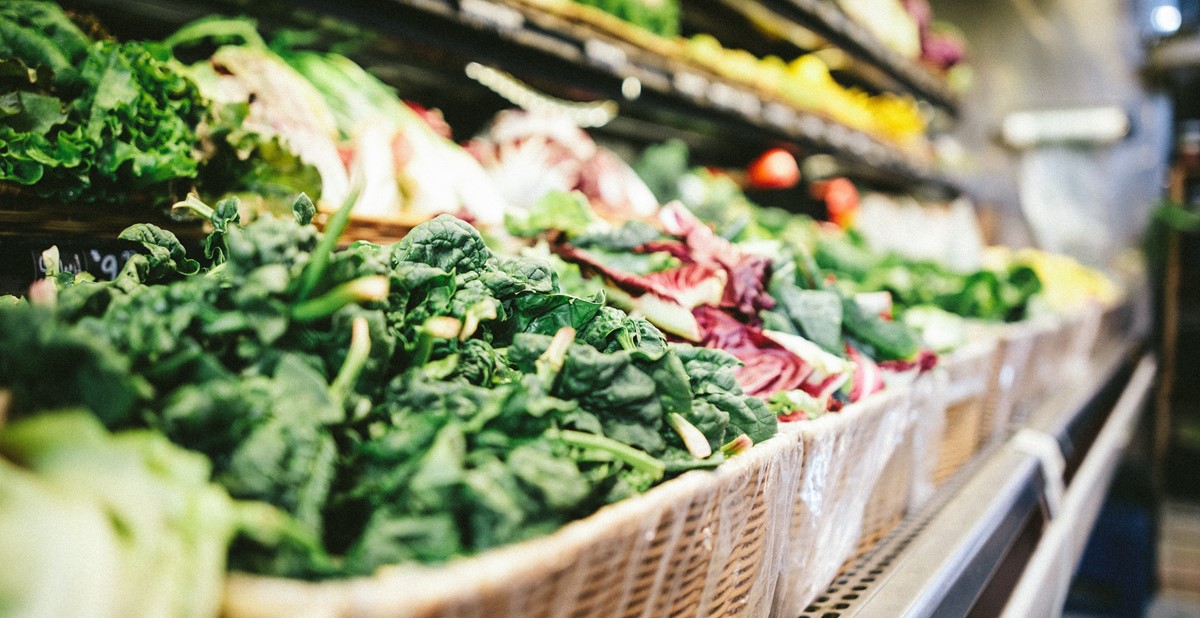Tech Talk: Using Tech To Keep Food Fun And Fresh

Serpentine throughout all facets of marketing is technology, and it has settled into all components of advertising, from product presentation to consumer experience and even product packaging. Smart packaging, which involves both active and intelligent packaging, is yet another strategy aimed at having users interact with brands, specifically with food brands, as well as ensure packaged food is safe to eat, pleasant to the senses and, of course, carries a hint of fun.
The intent of active packaging is to prolong the shelf life of foods and extend the period of time that food remains high quality. This technology is used in an odor-absorbing pouch, which made it possible for U.K.-based The Original Egg Co. to offer a single, hard-boiled, free-range, shelled egg as an on-the-go snack. Not only this, but the product’s flow-wrap packing allows the egg to be packaged within minutes of being cooked, allowing for a longer shelf life. This innovation was inspired from packaging designed to eliminate confinement odor in vacuum-packed lamb, which can give off a particularly pungent smell.
Intelligent packaging allows workers and consumers to monitor the quality of packaged foods and make smart choices. Zega, a San Francisco-based company that manufacturers allergy-free energy bars, uses smart packaging that permits users to check for contamination. Even though the bars are void of the eight major food allergens—milk, eggs, fish, crustacean shellfish, tree nuts, peanuts, wheat and soybeans—they are manufactured in a shared facility, with the possibility of cross-contamination. To protect consumers, Zega partnered with the University of Nebraska’s Food Allergen Research and Resource Project, which tests samples from every batch of Zega bars to ensure they meet the gluten-free standards set by the Federal Department of Agriculture, and to check for traces of peanut, soy, almond and dairy residue. On the back of the wrapper, there is a QR code that consumers can scan with a smartphone to reveal the batch’s allergen test results, and communicate with the company, if needed.
Some smart packages are designed purely with enjoyment in mind. Through the use of AR, Häagen-Dazs invites iPhone users to download its Häagen-Dazs Concerto Timer app, point their phone toward the top of any 14-ounce Häagen-Dazs ice cream carton and watch a violinist play Bach Invention No. 14 for a two-minute period—the amount of time needed to let the ice cream soften before indulging for the ultimate experience. If the phone is pointed at a second carton soon after, a cellist appears. In another spin, Yoplait designed a Go-Gurt pouch following release of the Illumination movie, Despicable Me, included thermochromic technology, which changed the color of the minion character on the package from purple, when cool, to yellow, when warm. But color-changing packaging may soon become the norm for food safety measures, as developments are underway for food packaging that changes color when it is no longer safe to eat.
––––––––––––––––––––––––––––––––––––––––––––––––––––––––––––––––––––––
Danielle Renda is associate editor of PPB.

